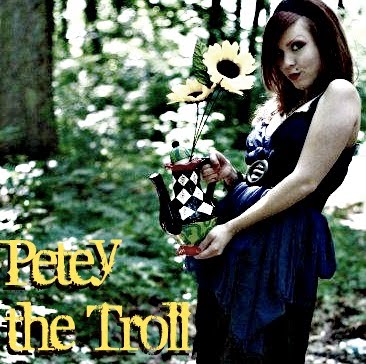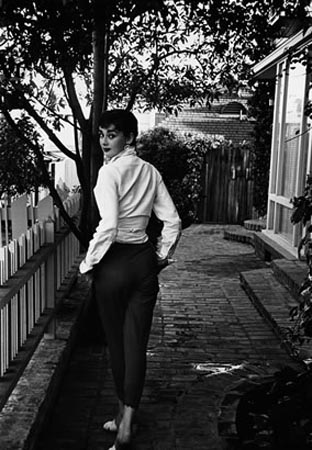“Vain
trifles as they seem, clothes have, they say, more important offices
than to merely keep us warm. They change our view of the world and
the world's view of us.”
This
quote by Virginia Wolfe is the opening line of the Introduction to a
book I'm currently reading called Women
in Pants: Manly Maidens, Cowgirls and Other Renegades, which
was brought to my attention by my roommate a couple of weeks ago. I
found it perfectly fitting, seeing as the theme of the book is not
just to tell the stories of the courageous, unique women who dared to
step out of what was considered acceptable for the time, but it is
also to shine a light on the fact that clothing, does indeed have the
power to change our outlook on the world, just like clothing also
defines who we are to the world around us. It makes a statement, one
way or another. It's like that fantastic Coco Chanel quote I love
so much:
“Fashion
is not something that exists in dresses only. Fashion is in the sky,
in the street, fashion has to do with ideas, the way we live, what
is happening.”
What
must be understood about the book is that it is not suggesting that,
these women in the photographs provided were out in public walking
around in pants on a regular basis. The Introduction alone, makes it
clear that the majority of women would have been in conventional
female attire of the time when they were outside their homes.
Inside, however, they felt comfortable enough to wear pants, dress
“like men” and have only the camera as their witnesses. That's
what makes it all the more fascinating to look at these pictures –
they are mysterious in that they were never originally meant to be
seen. The book goes on to discuss all of the different types of
women who would have been wearing pants and other garments considered
only for men's apparel in years as early as the 17th
century in North America.
The
most obvious and most identifiable types of women to me are those in
the 19th
and 20th
centuries in America who were of working class status, doing the
same work as men, and wearing the same clothing.
Unfortunately, for single, working class women the options were
obviously limited in terms of jobs any time prior to the mid 20th
century. Some women would wear men's
clothes if only to escape the fate of prostitution and find a man's job. Many women also dressed
as men so convincingly, that they were able to seek out positions in
mines and factories and in some rare cases, even some such positions
as train conductors, fisherwomen, farmers and house-painters – all
of which required their employees to wear pants for reasons none
other than simple mobility and safety.
There
are also several recorded cases of women enrolling in the army in
wars as early as the American Revolution and certainly in the Civil
War and World War One, who would have worn the same uniforms as their
male counterparts. “Often as good, or better shots than any man,
these women proved themselves as “men,” when confronted with the
horrors of war. They fired rifles, wielded bayonets, and carried up
to 50 pounds of equipment which included firearms, ammunition,
blankets and mess kits.”i
The
other type of fascinating woman I came across in this book was none
other than the legit, true cowgirl, found only in the 19th
century south western United States. The main character in this
American legend is called Calamity Jane, a bonified cowgirl right
down to her chewing tobacco. There were plenty of cases such as
these, many examples depicted in the book.
When the Great Depression happened,
followed quickly by the hardships caused by the Second World War, it
became more and more common to see women in pants going to work in
the fields or the factory. Since then, obviously times have changed
and the world we live in (here in middle class, big city, North
America....) and women have more options than they did in the past in
both working life, as well as in fashion. The 40s gave us Rosie the
Riveter. The 50s was a little bit of a step back, but there are still
some cases such as Audrey Hepburn wearing clam diggers and dressing
like a boy. I've already mentioned Coco, and when the 60s came,
obviously all hell broke loose and women everywhere were getting into
jeans and stepping away from all possible conventions.
The thing about clothes is that they
define who you are. Even if that definition is not more than “guy
who doesn't care about what he looks like,” (as unfortunate as that
may be...) it's still a definition, which has been decided based on
the choice of clothing the wearer has chosen for whatever reason it
may be. People think fashion design is an unconventional art form,
and I agree. Fashion design is more than creating art – it's
creating lives.
Until next time!
iSmith,
Catherine and Cynthia Greig, Women in Pants: Manly Maidens,
Cowgirls and Other Renegades,
Harry N. Abrams Incorporated, New York, 2003. pg. 62





